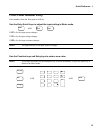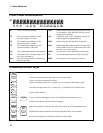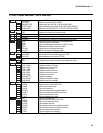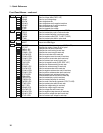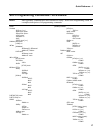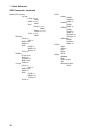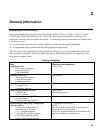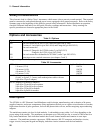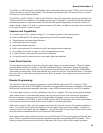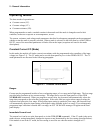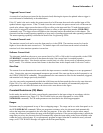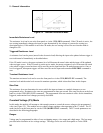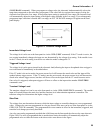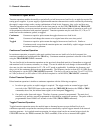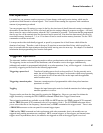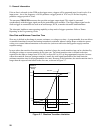General Information - 2
21
The N3301A is a DC Electronic Load Mainframe that is functionally identical to the N3300A, but is a half-rack
width with only two slots for load modules. The mainframe can dissipate up to 300 watts per slot, to a total of
600 watts for a fully loaded mainframe.
The N3302A, N3303A N3304A, N3305A and N3306A are electronic load modules that can be installed in the
N3300A and N3301A mainframes. The module specific pages in Appendix A include specifications and other
information pertinent to a particular model. Each module can operate independently in constant current (CC)
mode, constant voltage (CV) mode, or constant resistance (CR) mode. In addition, each input can be turned on
or off (open-circuited), or short-circuited.
Features and Capabilities
♦ Constant current (CC), constant voltage (CV), or constant resistance (CR) mode operation.
♦ Built-in GPIB and RS-232 interface programming with SCPI command language.
♦ Triggered input and measurement functions.
♦ Front panel control with keypad.
♦ Independent channel operation.
♦ Built-in pulse generator for continuous, pulsed, and toggled transient operation.
♦ Overvoltage, overcurrent, overpower, and overtemperature protection.
♦ Extensive selftest, status reporting and software calibration.
♦ Fan speed control for reduced acoustic noise under light load conditions.
Front Panel Controls
The front panel has keyboard controls for setting the input voltage, current and resistance. The panel display
provides digital readouts of a number of functions including the inputs. Annunciators display the operating
status of the electronic load. System keys let you perform system functions such as setting the GPIB address
and recalling operating states. Front panel function keys access the electronic load function menus. Front panel
Entry keys let you select and enter parameter values. Refer to chapter 5 for a complete description of the front
panel controls.
Remote Programming
The electronic load may be remotely programmed via the GPIB bus and/or an RS-232 serial port. GPIB
programming is done with SCPI (Standard Commands for Programmable Instruments) commands, which make
the electronic load programs compatible with those of other GPIB instruments that are also SCPI compatible.
Local (front panel) control is in effect immediately after power is applied. The front panel keypad and display
allow manual control of each individual module when the electronic load is used in bench test applications.
Remote (computer) control goes into effect (front panel Rmt annunciator is on) as soon as the mainframe
receives a command via the GPIB. A built-in GPIB interface and SCPI commands allow control and readback
of all functions when the electronic load is used in computer controlled applications.
With remote control in effect, only the computer can control the electronic load; the front panel keypad has no
effect. You can still use the front panel display to view the input voltage and current readings. To return the
electronic load to local control, press the Local key. This will return the electronic load to local control, unless
the local-lockout command has been received from the GPIB controller.
Most functions that can be performed remotely over the GPIB or RS-232 can also be performed from the front
panel. Whenever possible the function menu commands reflect their corresponding SCPI commands. Thus,
learning to operate the electronic load from the front panel will aid you when writing computer programs.



